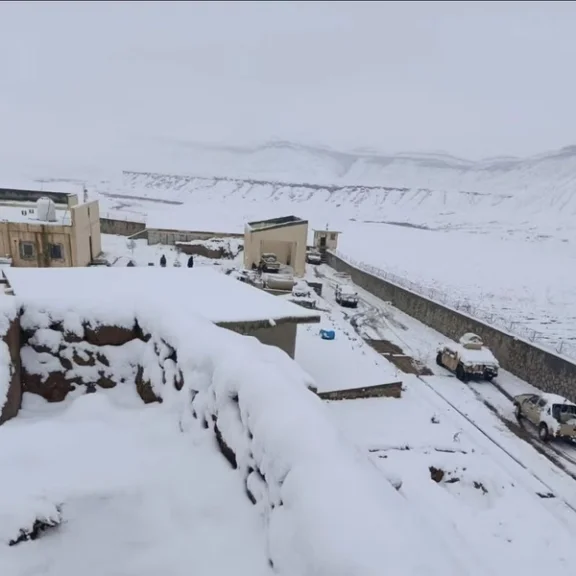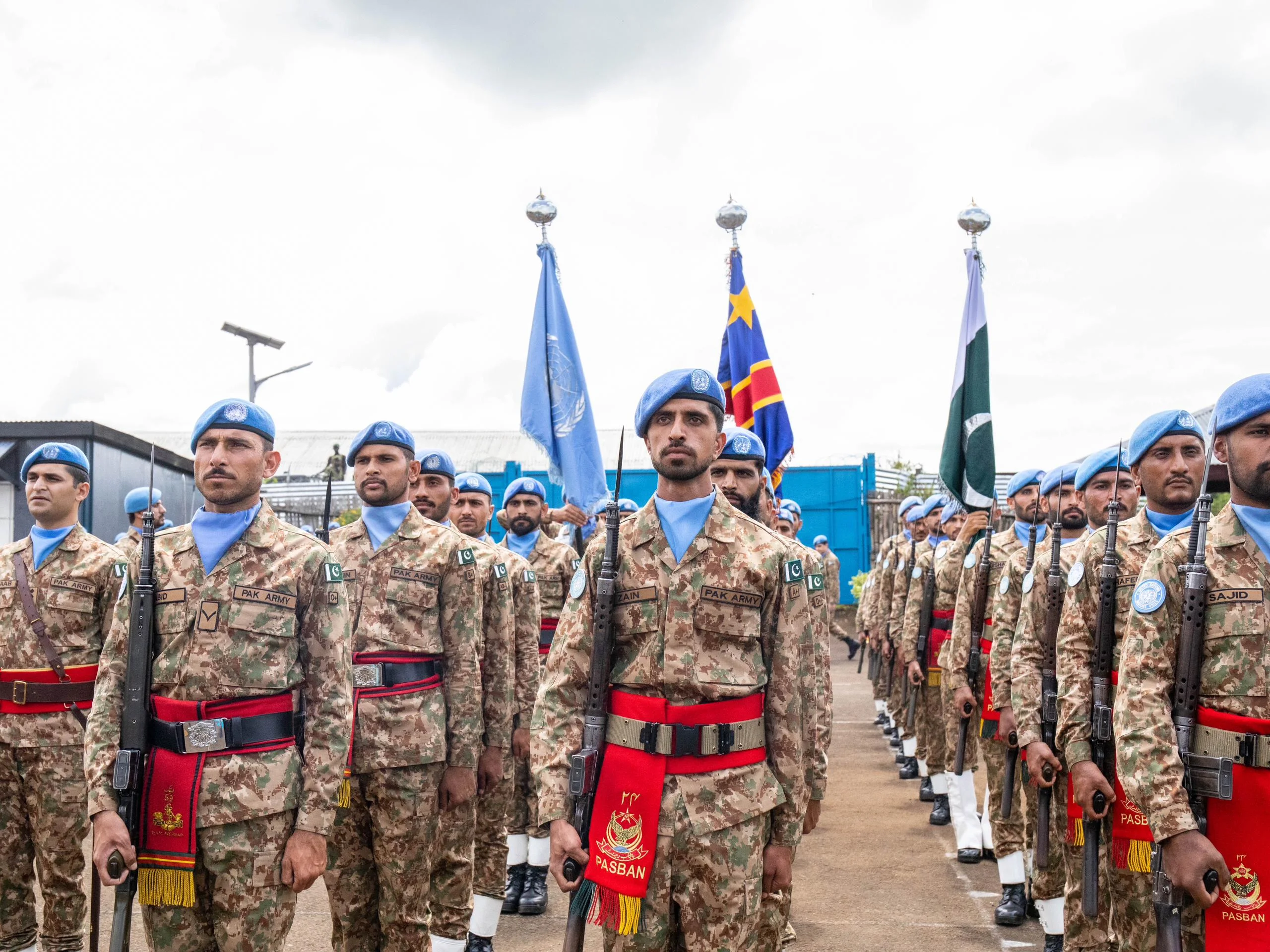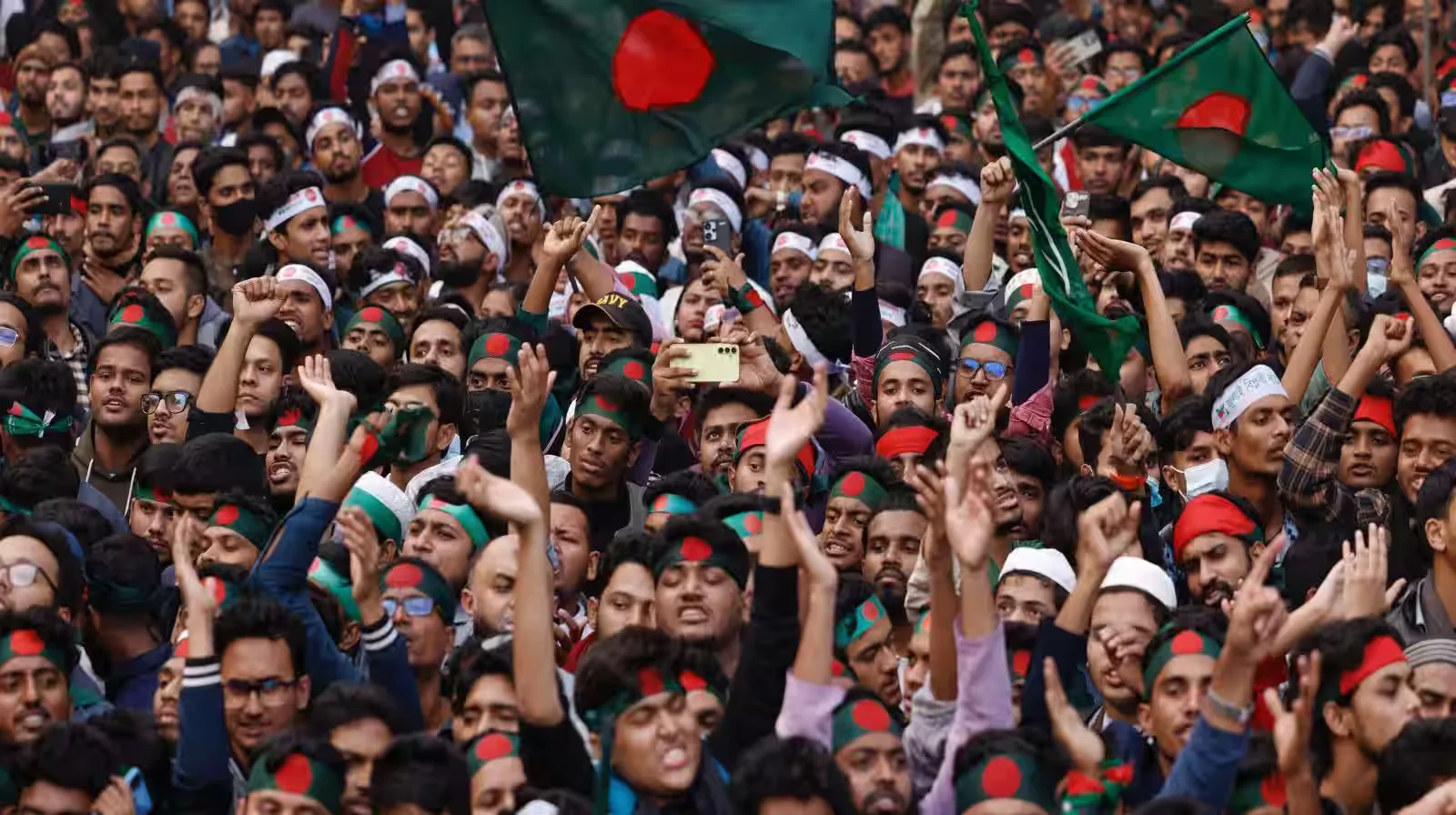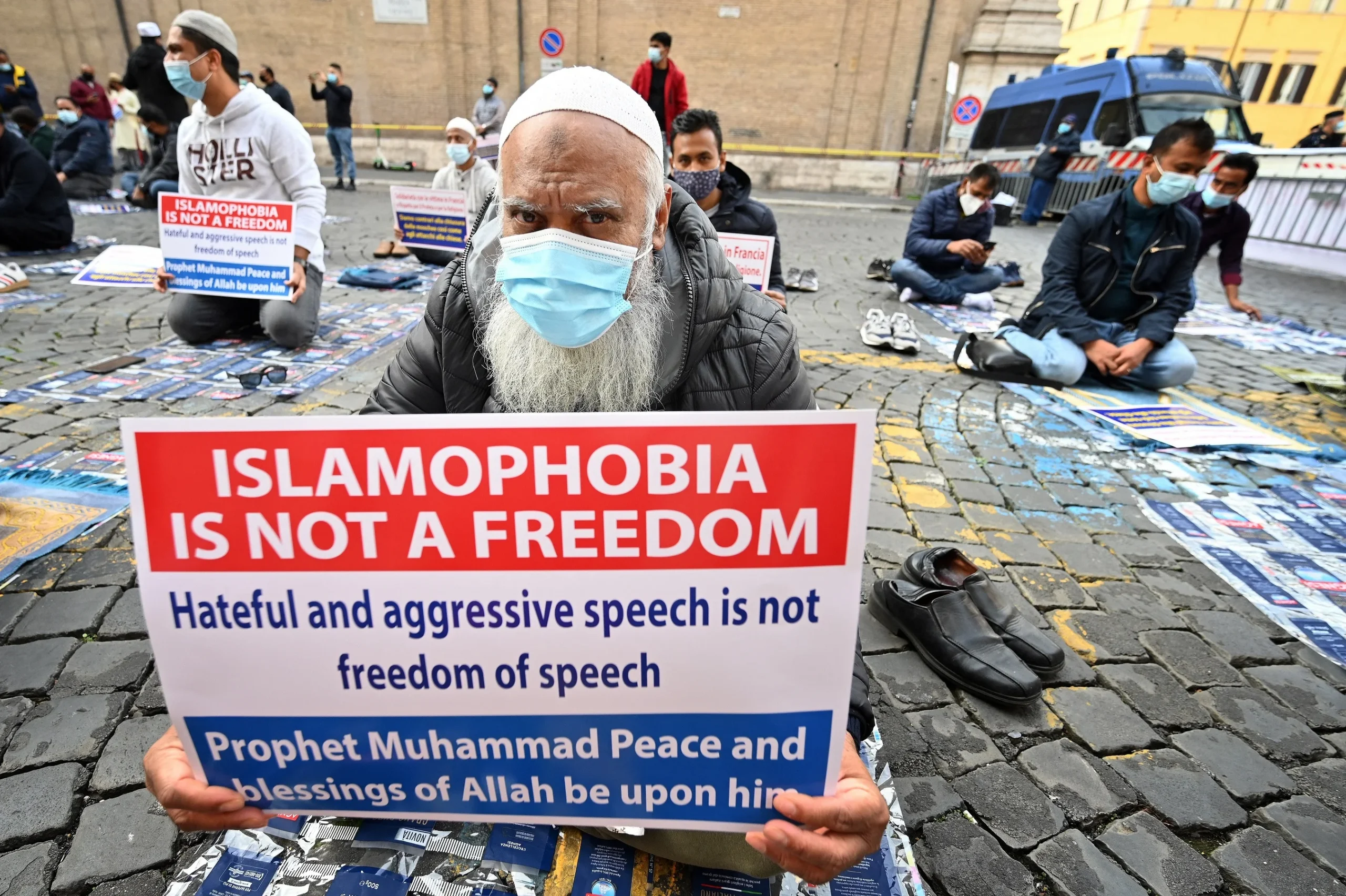In the complex theatre of global geopolitics, labels are power. The designation of an entity as a terrorist organization is one of the most potent weapons in a state’s arsenal, capable of crippling finances, justifying military action, and delegitimizing political movements. Recently, the United States deployed this weapon against a shadowy entity known as The Resistance Front (TRF), designating it as a Foreign Terrorist Organization and a Specially Designated Global Terrorist. The official justification hinges on TRF’s alleged claims of responsibility for various attacks in Indian Occupied Kashmir, most notably the April 22 attack in Pahalgam.
However, this designation raises more questions than it answers, primarily because it targets a group whose tangible existence is highly questionable. It represents a doubling down on a rigid ‘War on Terror’ framework at a time when the very definitions of terrorist and statesman are blurring on the world stage. As the international community is asked to sanction a phantom, the move reveals a disturbing pattern: the use of unverified threats to mask diplomatic failures and suppress legitimate political aspirations. This isn’t counterterrorism; it’s counter-reality. By elevating a ghost group like TRF, the desperation behind the prevailing global narratives on Kashmir is laid bare.
The Anatomy of a Phantom
The case against TRF collapses under the most basic scrutiny, primarily due to a complete lack of verifiable evidence. In the world of counter-insurgency, groups leave trails. They have leaders, structures, and recruitment videos. With TRF, there is an eerie void.
No face. No footage. No footprint. Not a single senior TRF operative has been caught and presented to the world. No major TRF-specific hideout has been raided. No distinct network has been publicly uncovered. All that exists is a name, an acronym that surfaces on social media to claim responsibility for attacks that occur in a heavily militarized zone. These claims, easily fabricated and impossible to verify, serve as the sole proof of its existence. Terror proxies and militant groups usually leave digital dust and operational fingerprints. TRF leaves nothing, and the most logical explanation is that there is nothing there to be found.
For decades, the world has contended with tangible non-state actors. From the IRA to Al-Qaeda, these organizations had public faces, issued communiques through established channels, and possessed clear command structures. TRF possesses none of these hallmarks. It is an enigma by design, a convenient label that can be attached to any act of violence to fit a pre-approved narrative. When fake acronyms circulating on Telegram are sufficient for global terrorist designations, credibility itself becomes collateral damage.
Diplomacy as Damage Control
The timing of the US designation is deeply tied to the Pahalgam attack. For India, the incident was a significant security lapse. Pahalgam, a tourist destination, is deep within a region India projects as normalized, especially post-2019. An attack there strikes at the heart of this narrative of control.
An honest assessment would involve scrutinizing failures in intelligence and readiness. Instead, the blame was swiftly offloaded onto the TRF. This maneuver transformed state failure into a diplomatic opportunity. Pahalgam was India’s security lapse, but instead of accountability, India manufactured a phantom and successfully got it sanctioned. This allows Delhi to deflect from internal criticism and reinforce its campaign to frame the Kashmiri struggle as terrorism. The US designation, therefore, acts as a powerful endorsement. TRF has become a tool for diplomatic damage control. A post-Pahalgam embarrassment for Delhi is now conveniently painted over by Washington’s ink. Designations without evidence are endorsements of propaganda. Furthermore, they are a currency of diminishing value in a world where today’s designated terrorist is often tomorrow’s negotiating partner.
A History of Deception and State-Backed Proxies
To understand the skepticism surrounding TRF, one must look at India’s documented history of using deception and proxies in Indian Occupied Kashmir. This is not a new playbook.
In March 2000, during President Clinton’s visit, 35 Sikh civilians were murdered in Chattisinghpura. India immediately blamed Pakistan-based militants, using the incident to paint the Kashmiri struggle as sectarian terrorism. However, subsequent reports and investigations suggested Indian security forces or state-backed hindu militants were involved in this massacre, a fact also stated by then-U.S. President Bill Clinton in 2006. The incident remains a stark reminder that false flags have a pattern, and so does impunity.
Even more blatant was the creation of Ikhwan-ul-Muslimeen in the mid-1990s. This was a state-sponsored militia of surrendered militants rearmed to fight freedom fighters. The Ikhwan unleashed a reign of terror, carrying out extrajudicial killings, torture, and extortion with the full backing of Indian security agencies. This allowed the state to outsource its dirty work and maintain plausible deniability. Given this history, the proposition that TRF could be India’s own creation is a plausible hypothesis grounded in historical precedent.
The Real Target: Silencing a People
Ultimately, the focus on acronyms like TRF is a diversion. The real target is not a non-existent terror group, but the enduring political aspirations of the Kashmiri people. For over seven decades, Kashmiris have demanded the right to self-determination promised by UN resolutions. India has consistently sought to rebrand this indigenous political movement as a foreign-sponsored security problem.
The creation of militant acronyms helps perpetuate this myth. It helps justify the massive military presence, the draconian laws, and the systematic suppression of human rights. The freedom movement cannot be silenced. Rebranding resistance as terrorism has failed for decades, and it continues to fail. This strategy is proving especially futile as the global political landscape itself moves beyond such simplistic binaries. The world must understand that Occupied Kashmir is not a security problem; it is a political question.
The Collapsing War on Terror Taxonomy
Furthermore, this rigid designation of TRF ignores a crucial global trend: the world is rapidly moving on from the simplistic black-and-white taxonomy of the “War on Terror.” The very definitions of terrorist and statesman have become fluid, often dictated by political convenience rather than consistent principle. The ironies are stark.
In Afghanistan, the Taliban, once the primary targets of a two-decade U.S.-led war, now rule as the de facto government. Figures like Sirajuddin Haqqani, who carried a $10 million U.S. bounty, now serve as senior ministers, regularly meeting foreign envoys from countries such as China, the UK, and the UN. In Syria, Abu Mohammad al-Jolani, the former leader of an Al-Qaeda affiliate, now serves as Syria’s president. In May, he met with the U.S. president in Riyadh, an extraordinary moment that underscored how dramatically the geopolitical landscape has shifted.

When yesterday’s globally branded terrorists are today’s negotiating partners, the act of blacklisting a spectral entity like TRF appears less like a serious security measure and more like a relic from a bygone era. It demonstrates a stubborn commitment to an outdated playbook, one where labels are used not to identify genuine threats, but to enforce a political narrative that the rest of the world is already beginning to discard as unworkable.
The Takeaway
The designation of The Resistance Front is a multi-layered fiction. It is a sanction against a ghost, a diplomatic manoeuvre to mask state failure, and a continuation of a long history of deception in Indian Occupied Kashmir. Crucially, it is also a desperate reliance on an outdated “War on Terror” playbook that is crumbling under the weight of its own contradictions. Diplomacy built on fiction is unsustainable. By giving credence to a ghost, the international community becomes complicit in obscuring the truth of a people’s struggle. You can’t blacklist a hashtag or sanction a sentiment. Kashmir’s voice rises despite the bans, the sanctions, and the shadowy abbreviations.






